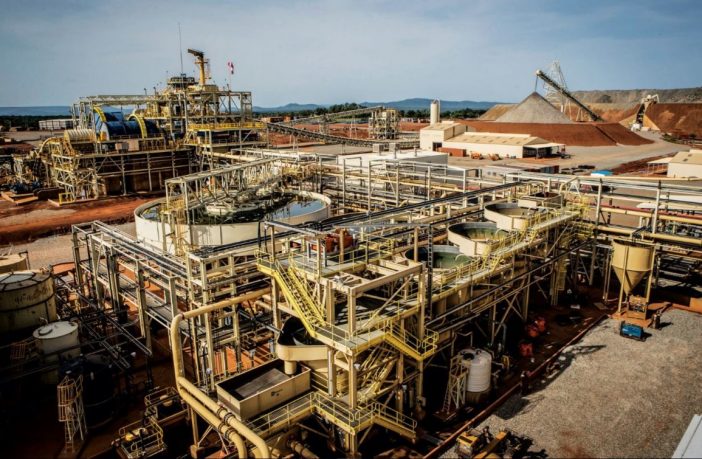- Two German companies will develop one of the largest off-grid PV and storage projects to date.
- The low cost of the technology and expense of conventional generators is likely to see the hybrid plant recover its costs in three to seven years.
Mali will soon host one of the world’s largest off grid solar-plus-storage projects. A 30 MW solar plant coupled with a 13.5 MWh storage facility will power the Fekola gold mine. Mine operator B2Gold selected renewables company BayWa r.e. and solar developer Suntrace for planning, engineering, installation and operation of the site.
The BayWa r.e. renewables unit of the German conglomerate announced B2Gold allocated $38 million for the project after a study of ground conditions and expected costs. Construction is set to start late this year with the project to come online by August.
Suntrace chief operating officer Martin Schlecht said: “It is a strong commitment by B2Gold to build such a significant solar-battery plant as a fuel saver for the Fekola mine. This project is a landmark in terms of battery and PV plant size with respect to an off-grid project. We are very proud that B2Gold has entrusted Suntrace/BayWa r.e. as experts to support the implementation of this innovative project.”
Several heavy fuel oil engines generate electricity for the mine at present. The 30 MW solar system will enable the mine operator to turn off three engines during daylight hours, with the 13.5 MWh storage capacity providing a buffer for fluctuations in irradiation. The solar-plus-storage facility is likely to reduce heavy fuel oil consumption by 13.1 million liters per year.
Solar savings
“This is a great achievement for B2Gold and its move towards sustainable production,” said Tobias Kriete, regional manager for Africa at BayWa r.e. solar projects GmbH. “The fuel savings will enable repayment on the investment as well as lowering energy costs and cutting carbon emissions.”
According to the International Energy Agency’s (IEA) fuel price tracker, the cost for heavy fuel oil for the industry is $400-1,000/ton with fuel tax probably accounting for the variation. A metric ton of heavy fuel oil contains 1,008-1,015 liters, depending on the sulfur level of the fuel. At an estimated fuel cost of $450/ton, the solar-plus-storage asset could save around $5.8 million per year. If the fuel cost is at the high end of the IEA spectrum, savings would amount to $13 million per year. Based on those estimates, the system will pay for itself between three and seven years down the line.
With fuel costs rising as solar systems get cheaper, several mines are embracing renewables. Pilot projects are establishing trust in the technology and one recent report suggested 2019 could be a watershed year for PV-powered mining. French power company Engie recently announced it would work with Anglo American to develop hydrogen-powered heavy-duty mining vehicles with the fuel generated on-site using PV arrays.
Author: Marian Willuhn
This article was originally published in pv magazine and is republished with permission.











